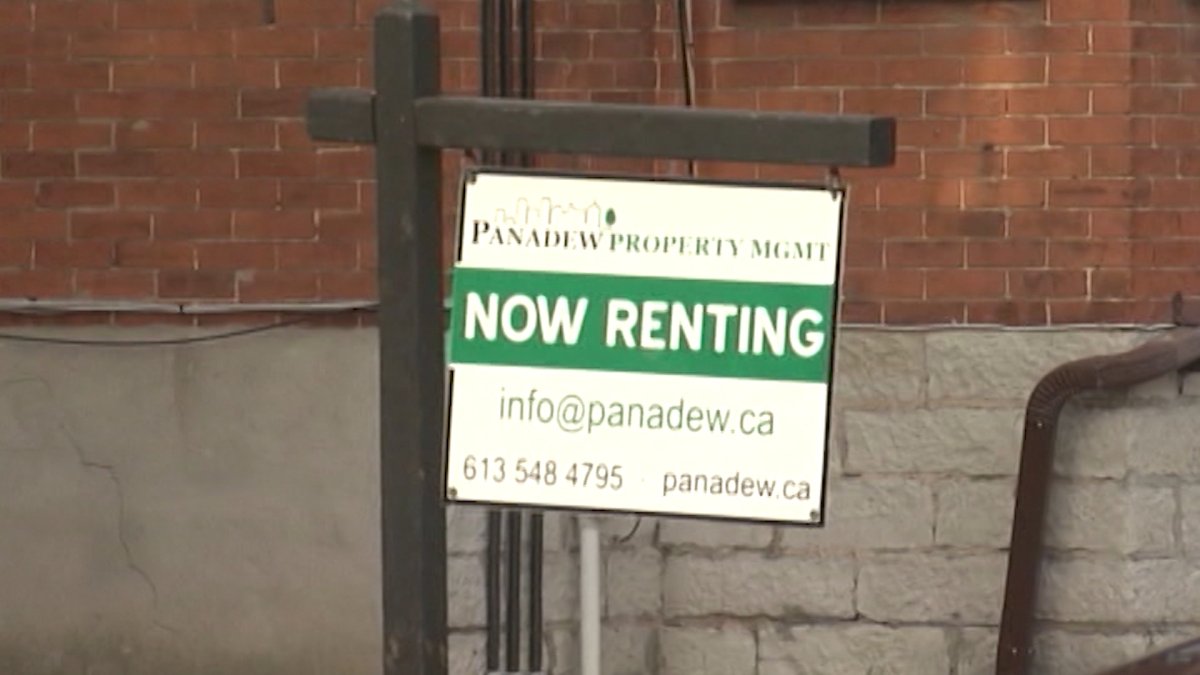Kingston’s rental vacancy rate may have crept higher, but the city remains mired in a chronic shortage of affordable rental units — a point driven home in a new report to council.

“Kingston has a housing affordability crisis.”
That’s one of the dire conclusions from a year-long Kingston task force on housing, set up by Mayor Bryan Paterson following the 2018 municipal election.
The task force of appointed citizens has issued its final report to council, titled ‘A Foundation for the Public Good: Recommendations to Increase Kingston’s Housing Supply for All.’
The 71-page report, which will be formally presented to city council March 3, identifies some of the lingering problems and potential tools and incentives to boost the city’s housing stock, especially for first-time buyers and low-income renters.
“We are short thousands of adequate, affordable homes, and that limits Kingston’s social and economic vitality,” according to the report authored by task force co-chairs Ted Hsu and Coun. Mary Rita Holland.
The report says Kingston’s housing market continues to face a rising demand for rental housing which, in turn, is driving up rent prices “significantly exceeding inflation.”
Kingston’s vacancy rate currently stands at 1.9 per cent, after several years mired at a provincial low of 0.6 percent, according to recent statistics from Canada Mortgage and Housing.
A vacancy rate of between three and four percent is considered healthy.
“In 2019, according to the CMHC, average Kingston rents increased by 7.9 percent, the highest rate of growth since they started collecting rent data.”
The task force has produced dozens of recommendations to address the problem, including:
- more streamlining of the development applications process to reduce unexpected costs and delays
- incentives to fast-track affordable housing projects for construction such as delaying the need for technical studies and peer reviews
- allowing residential growth in commercial spaces such as underutilized shopping malls
- promoting innovative ideas such as tiny homes, micro-units, co-living, and wood-frame or modular construction
- harmonize outdated municipal zoning bylaws
- further assisting community organizations in accessing the funds, land, and developing the expertise necessary for not-for-profit housing projects.
The task force listed a variety of reasons for the housing supply shortage, based on feedback from the for-profit and not-for-profit development community.
Among the obstacles hindering housing growth:
- delays created by numerous requests for technical studies and by staff resource limitations in the planning and permit/licensing areas
- public and political resistance to height and density, along with the cost of planning studies, zoning change applications, approval delays and planning appeal tribunal (OMB) appeals
- outdated municipal pre-amalgamation zoning bylaws that waste staff research time
- lack of government funding and suitable land for affordable housing within the urban boundary
- building construction prices have risen by about 12 percent over the last two years
For-profit and not-for-profit organizations have also raised concerns about a dramatic staff turnover in the city’s planning department.
“Without implying blame on the part of anybody, we note the fact that there has been a dramatic turnover in staff recently. Workload and stress have been high.”
The report also singled out municipal red tape for causing some building delays and frustration among private developers.
“The potential for delays and accumulation of unexpected costs during the approvals process for building housing in Kingston present a large opportunity for improvement.”
The task force estimates that 100 affordable housing units need to be built each year to meet future demand, and pointed to a planned affordable housing project at 1316 Princess Street (the former Goodwill store) as an example of the type of building that needs to be constructed every year.
The shortage isn’t just hurting renters, but having ripple effects in other areas, the task force said. They listed numerous anecdotes of how widespread the problem has become:
- CFB Kingston has a reputation for being a stressful new posting, especially for junior Canadian Forces members with families, because of the tight housing market, and some are choosing to live outside of Kingston or to leave their families behind.
- Empire Life has lost its traditional competitive advantage. Kingston is no longer a City where Empire’s entry-level employees can enjoy a higher standard of living compared to cities where its competitors are located
- Research at Queen’s has been hurt because many PhD students, who usually come with young families and limited budgets, choose to study elsewhere after taking into account the cost of family housing
- A survey by the Chamber of Commerce of its members found more than half of the respondents reported that housing was having an impact on recruiting and retaining talent, and business growth.
- The Kingston Real Estate Association has noticed the trend of baby boomers staying in their houses and not downsizing because they can’t find apartments.
The task force added: “Rental housing development activity will need to be double what it was in the past five years in order to meet demand in the next five years.”







Comments